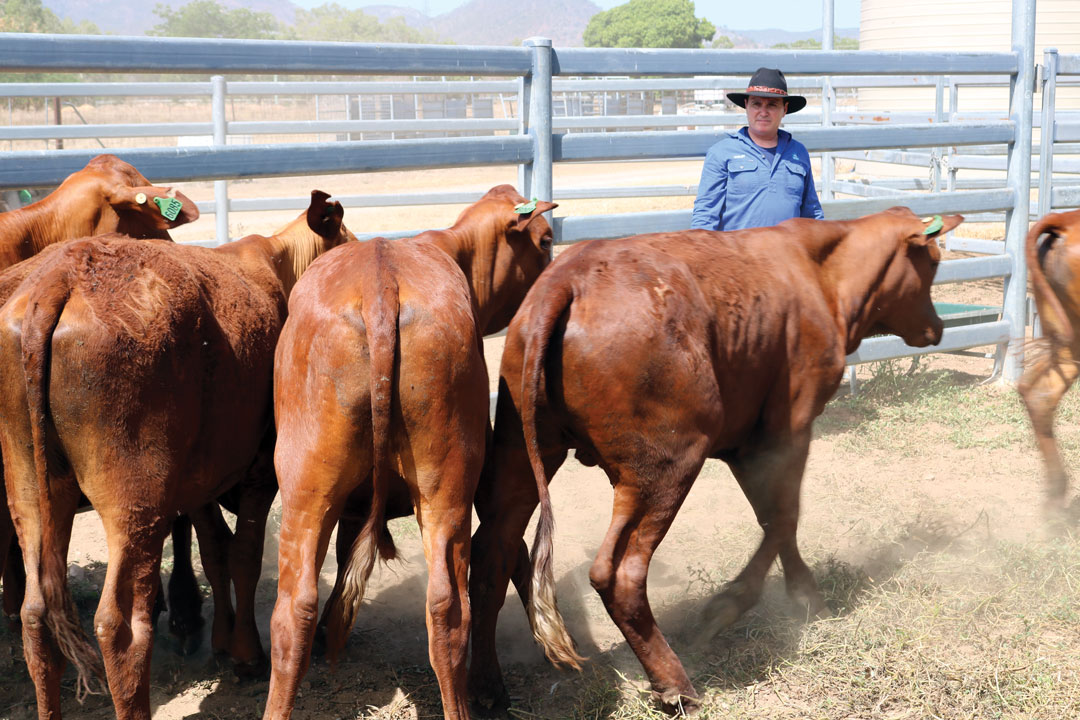SEA COWS
SEAWEED IN CATTLE DIETS CAN REDUCE METHANE EMISSIONS
BY ANDREA HILDERMAN
Cattle and other ruminant animals produce methane gas when they burp and fart, and, unfortunately, they burp and fart a lot. This methane represents about 16 per cent of global greenhouse gas emissions, based on Intergovernmental Panel on Climate Change (IPCC) data from 2010. The IPCC also found that agriculture, forestry and other land use accounts for 24 per cent of global gas emissions, mainly from crop cultivation, livestock and deforestation. Among the greenhouse gases, methane is one of the most concerning due to its effectiveness at trapping heat in the atmosphere—it’s 20 times better at trapping heat than CO2.
Confronted with this problem, researchers around the world have been seeking ways to reduce the amount of methane produced by ruminant livestock. Thankfully, a potential breakthrough occurred right here in Canada, in the form of a discovery by Prince Edward Island dairy farmer Joe Dorgan and former Dalhousie University researcher Rob Kinley.
“A farmer in P.E.I. gave his cows access to seaweed on beaches adjacent to his fields,” said Kinley. “He noticed that the cows that ate the seaweed had increased reproductive success, reduced mastitis and improved immunological health. So, naturally, as a good herdsman, he started feeding all his other cows seaweed. They caught up health-wise with the others, and he also noticed his herd was happier and more docile.”
Around 2006, Dorgan decided he wanted to produce a mineral supplement extracted from the seaweed for the organic cattle feed market. In order to satisfy Canadian Food Inspection Agency animal feed regulations, Kinley conducted a series of tests in 2008 on Dorgan’s seaweed feed mixture.
Kinley had the quintessential “aha moment” when he discovered that methane emissions were reduced by 20 per cent in the cows that ate seaweed. His important discovery led him to Queensland, Australia, in 2013, where he continued his research with the Commonwealth Scientific and Industrial Research Organization, in collaboration with Meat and Livestock Australia and James Cook University. There, they found a species of seaweed that reduced methane production to zero in the lab.
“These were relatively poor samples we were using at the time,” said Kinley. “Seaweed is not readily available like common feed ingredients. Our next trials were planned using freshly freeze-dried product that was three times as potent.”
Eventually, Kinley achieved methane reductions of 85 per cent over time in sheep, with seaweed inclusion rates of less than two per cent of their diets.
There are two significant barriers to the successful use of seaweed in the commercial cattle herd: the level of inclusion (too much seaweed and the cows might not eat it) and availability of supply. The first problem seems manageable, given the emissions reduction Kinley achieved with low inclusion rates for sheep, and a solution to the second problem might also be within reach.
“In Ireland, we found Ocean Harvest Technology, a company that is already producing a variety of seaweed bioactive ingredients designed to replace synthetic ingredients in various ag and aquaculture feed mixes,” said Kinley. “They will be working with us on the next step of this incredible journey—the on-farm dairy trial, which we will be conducting in Ireland for convenience.”
Growing sufficient quantities of the seaweed required will be a big challenge, but doing so could have a positive impact on more than just methane emissions.
“Not surprising to me, after everything we’ve discovered so far, is that growing seaweed in volume appears to have very positive benefits on the ocean itself,” said Kinley. “Seaweeds clean the ocean they are grown in, reducing acidity by reducing CO2 levels, and provide habitat for marine life. This might be the second great contribution these algae can make—as well as providing the means for us to reduce methane emissions by cattle, thus reducing greenhouse gas emissions and slowing global warming, seaweed will also help improve the health and quality of our oceans.”







Comments